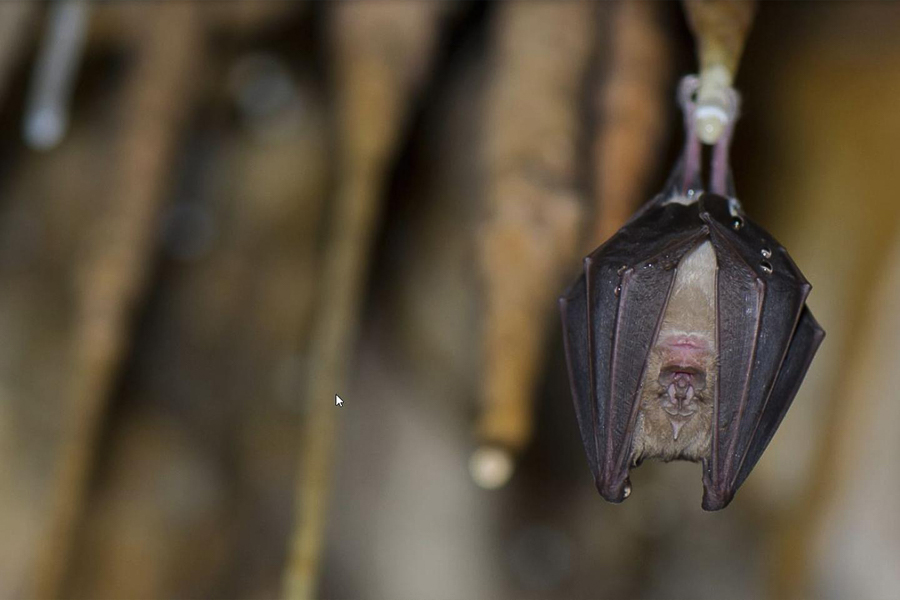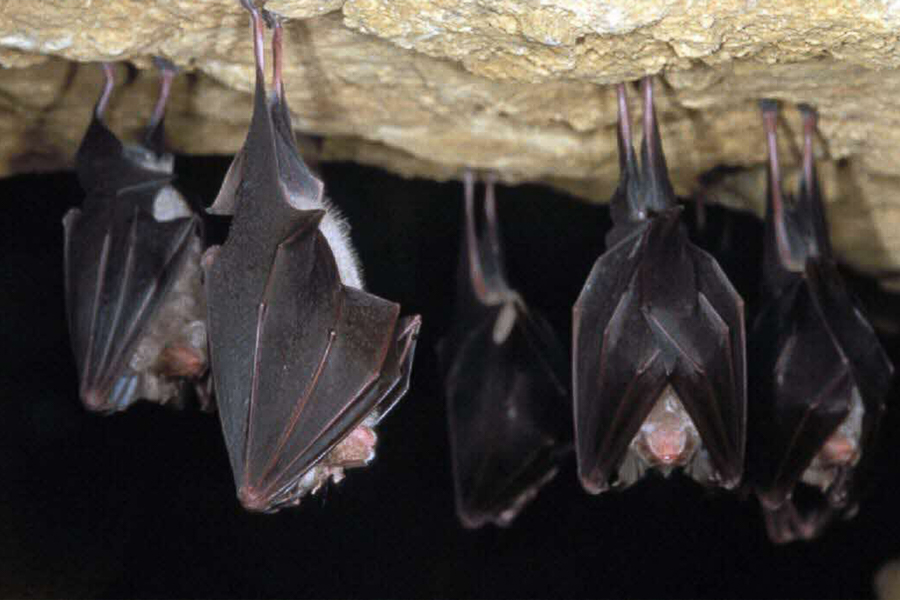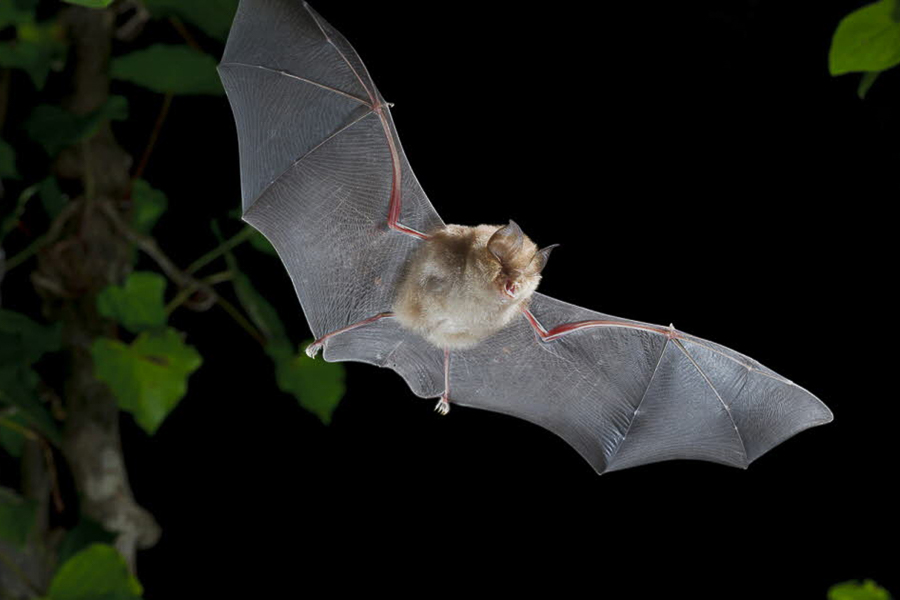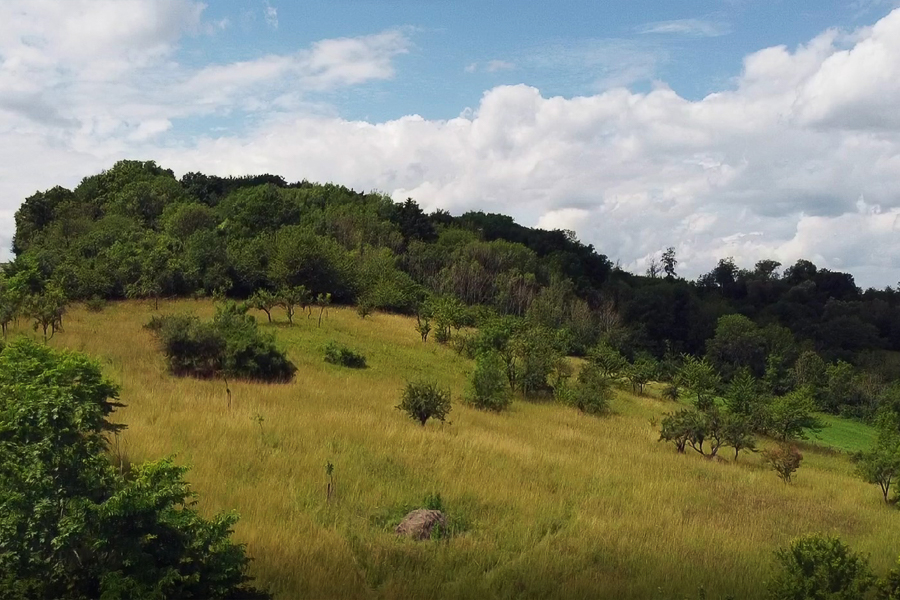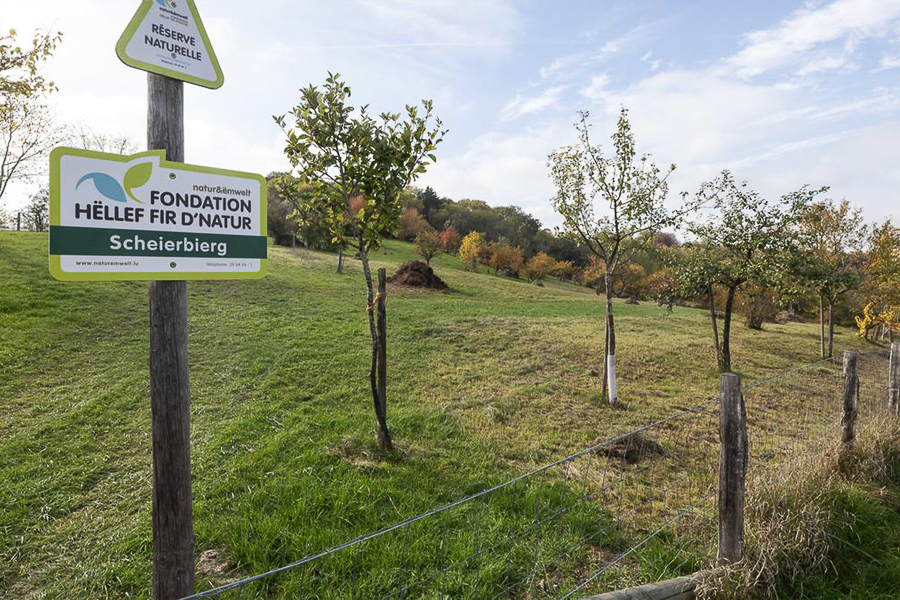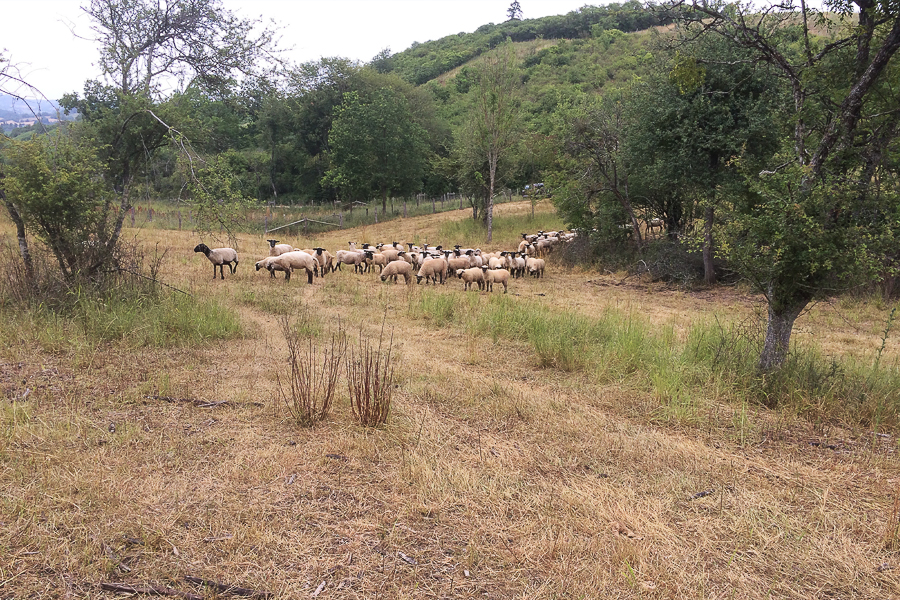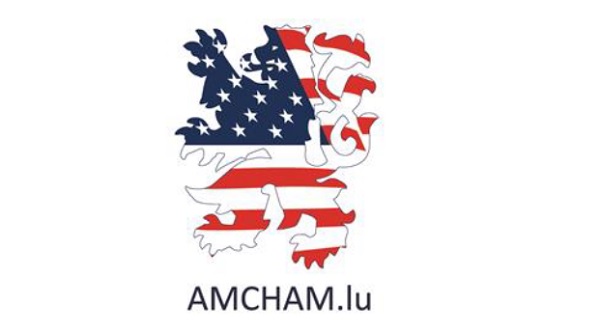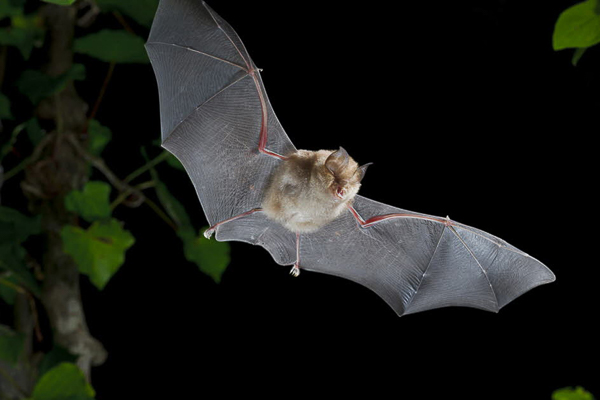 The Greater Horseshoe Bat;
Credit: natur&emwelt
The Greater Horseshoe Bat;
Credit: natur&emwelt
Luxembourg has what is known as a Temperate Climate in which winters are generally mild and summers comparatively cool, with rainfall that can be high; its flora and fauna have thrived in, and adapted to, this climate over the centuries and millennia, with ongoing challenges due to pollution and recent climate change, as well as the introduction of non-native species, resulting in disruptions to the norm.
Nevertheless, with various initiatives and organisations helping the ecosystem and habitat, including sustainability and re-wilding, there is a lot happening in nature across the Grand Duchy.
Chronicle.lu has teamed up with natur&emwelt (the non-profit organisation (naturemwelt), the foundation (Hëllef fir d'Natur) and the Wildlife Care Centre (Flegeestatioun)) for a series of articles on Luxembourg's fauna in which we look at various mammals, birds, insects, amphibians and aquatic animals, as well as touching on vanishing species returning to Luxembourg, focussing on their lifestyle and habitat, including when and where to observe them.
No. 15 in this series focuses on the Greater Horseshoe Bat.
Discreet and mysterious, the Greater Horseshoe Bat, a species of bat, finds refuge around Scheierbierg, near Bous-Waldbredimus. This nocturnal hunter plays an essential role in the balance of ecosystems and biodiversity.
The Greater Horseshoe Bat is the largest species of horseshoe bat in Europe, with a wingspan of 34 to 40 cm and a weight of 17 to 28 grams. It is recognisable by its horseshoe-shaped nose, a complex structure that allows it to emit directional ultrasonic sounds. Its coat is grey-brown on its back and lighter on its belly. Unlike other species, it wraps its body entirely in its wings, forming a characteristic cocoon when it sleeps.
Lifestyle
Strictly insectivorous, the Greater Horseshoe Bat hunts from ambush and in flight using echolocation to catch a variety of prey, including moths, beetles and many others. It flies slowly at low altitude or hangs in clearings, forest edges or wooded corridors. The species hibernates from November to March in cool, damp cavities (caves, cellars, old mines, barns). From April onwards, the females gather in colonies to give birth to a single young. Faithful to its breeding and hibernation sites, the Greater Horseshoe Bat is very sensitive to disturbance, artificial light and the destruction of its refuges.
Habitat
The Scheierbierg nature reserve of the foundation Hëllef fir d’Natur, located on a limestone ridge between the Moselle and Trintinger valleys, provides an exceptional habitat for the Greater Horseshoe Bat. The site combines semi-dry grasslands rich in orchids, copses, sloping orchards and grazed meadows. The diversity of the terrain and environments creates ideal conditions for nocturnal hunting. Cavities, old buildings and ancient trees serve as roosts, protected by ecological management carried out over the last fifteen years by the Hëllef fir d'Natur Foundation.
Where and when can it be seen?
The Greater Horseshoe Bat is very difficult to observe with the naked eye, but ultrasonic detectors can pick up its characteristic calls in summer at dusk. The area around Scheierbierg, particularly the clearings bordering the forest, are active hunting grounds between May and September. However, breeding and hibernation colonies must remain strictly protected. The species is rare and endangered in Luxembourg, and any intrusion into its roosts can be fatal.
Observation tips
Equip yourself with an ultrasonic detector and position yourself at the edge of a quiet forest at dusk. Avoid intruding into areas where it may have its habitat, and avoid direct and artificial light. Never disturb a colony: silence, respect and discretion are essential to protect this fragile and protected species.

